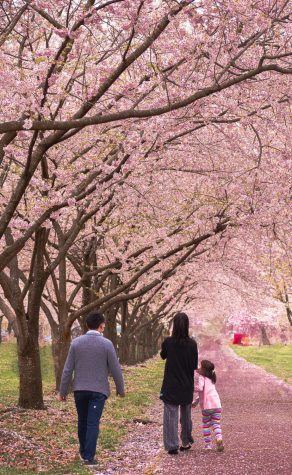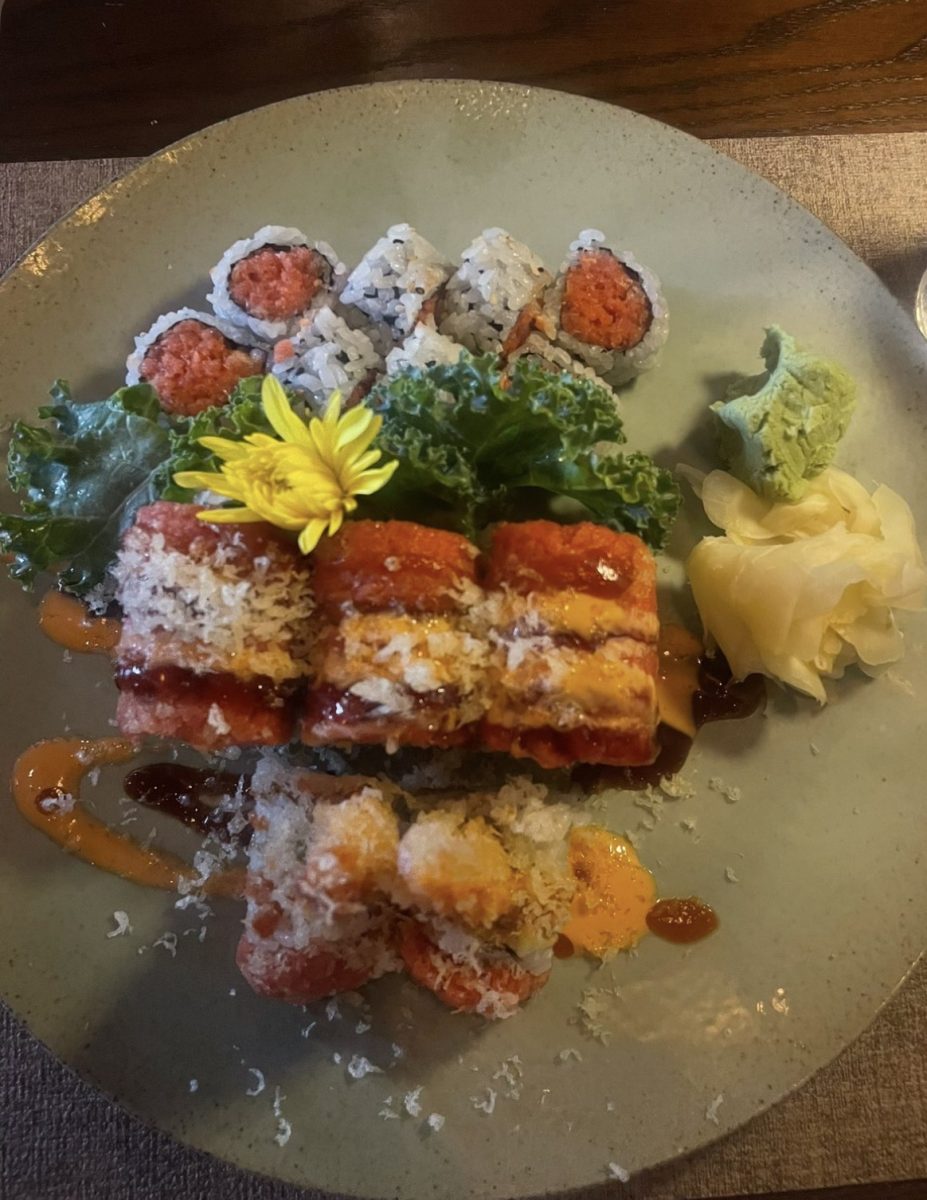
It’s been a long, cold winter, but spring is finally here. Nothing says spring more than gardening! Whether you’re an experienced gardener or a novice, below are some tips to get your gardens growing and your flowers blooming.
First, choose the right plants. Select plants that match your growing conditions: put sun-loving plants in a sunny spot and heat-tolerant plants in warm climates. Pick varieties that will grow well where you live and in the space you have. Knowing your “hardiness zone” and learning frost dates is extremely important. A “hardiness zone” describes the coldest place a plant can grow, and can help you choose the best plants for your area. The higher the zone number, the warmer the climate. To learn your frost dates, find out the last average spring frost date and first average fall frost date for your area. This ensures you won’t kill your plants by planting them prematurely, and allows you to harvest and move your plants inside before the cold damages them. Planting too early or too late in the season can be a disaster!
Next, choose the right place to plant your garden. The most important things to consider are sunlight and water. Pay attention to how sunlight plays through your yard before planting. Plants get the energy they need from sunlight, and without it do not grow well. Most edible plants—like herbs, fruits, and vegetables—need six or more hours of sunlight per day. Plants need well-draining nutrient-rich soil and won’t grow in soil that is too soggy, hard, rocky, or lacking in nutrients. A good option is Miracle-Gro All Purpose Gardening Soil. Mix three inches of it with the top six to eight inches of existing soil for the best results. Be sure to also plant your garden near a water source, and make sure you can run a hose to your garden site. That will help you avoid multiple trips with a watering can! Finally, when choosing the right location for your garden, remember that plants need space to grow and should not have to fight for sunlight, water, or nutrients. Plants will get bigger over time, so you should follow spacing guidelines for each specific plant.
Once your garden is planted, add two to three inches of mulch on top. Mulch will reduce weeds by blocking the sun. It will also reduce moisture loss through evaporation, thus allowing you to water your plants less. Straw, shredded leaves, and pine straw are also great options if you don’t have mulch. And, of course, do not forget to water your plants properly. Over-watering causes the roots to rot and under-watering results in the plant not getting the nutrients it needs. Always check the soil before watering. A smart tip is to stick your finger into the soil about an inch (one knuckle down) and if the soil feels dry, your plants likely need water. Just like humans, plants also need to eat! Plants need a diet of plant food in addition to water and sunlight. They remove nutrients from the soil as they grow, and the nutrients need to be replaced in order to get the best harvest. A month after planting, feed your plants with an all purpose plant food or fertilizer.
Lastly, stock up on some basic gardening tools. This will make gardening much easier and more enjoyable. Pay attention to each of your plants, since some need different amounts of sunlight and need to be planted at different times. Follow these tips and your thumb will turn green in no time!




